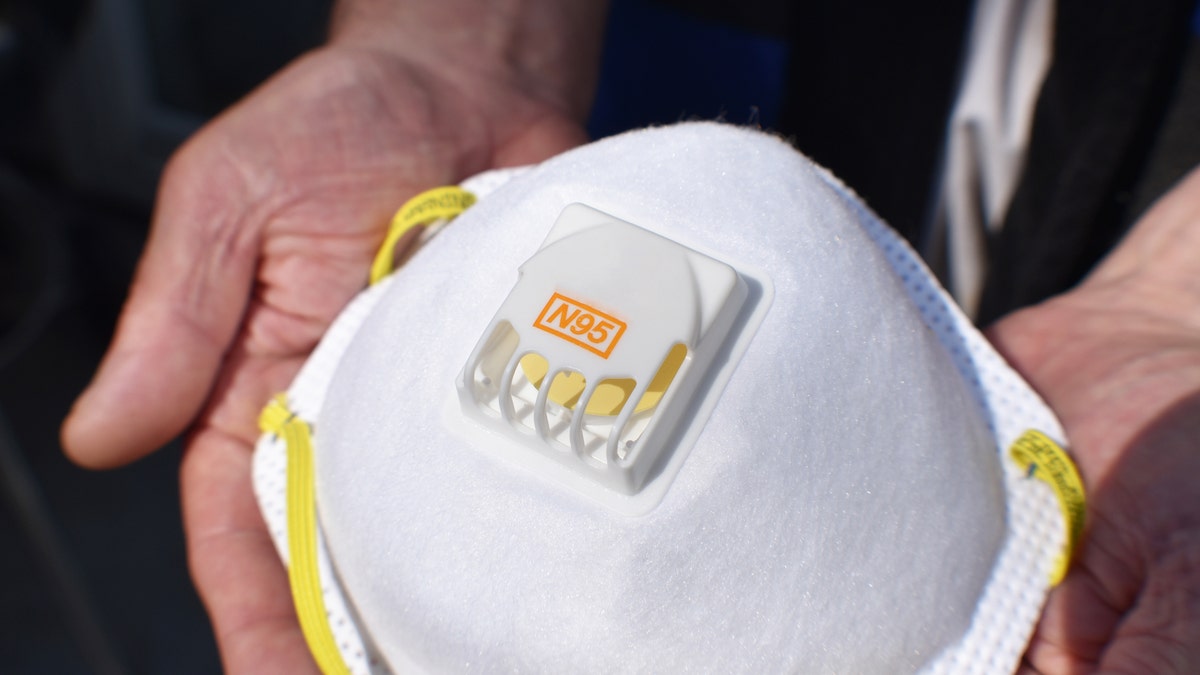President Trump visits Honeywell plant in Arizona that produces N95 masks
Trump says Americans should consider themselves warriors; Jeff Paul reports.
Get all the latest news on coronavirus and more delivered daily to your inbox. Sign up here.
With some states requiring residents to wear face masks in public to help stop the spread of the novel coronavirus, at least one mask could actually do more harm than good: An N95 respirator, but only if it has a small valve on the front.
CLICK HERE FOR COMPLETE CORONAVIRUS COVERAGE

N95 respirator with a vent. (iStock)
The San Francisco Department of Public Health took to Twitter on Monday to remind residents that if they are choosing to wear an N95 (which should ideally be reserved for medical workers on the frontline, officials have stressed), they should ensure it doesn’t have the front valve.
“Still seeing a lot of these masks out there, it's confusing, because they are called N95 — but the ones with the **valves** or openings on the front are NOT safe, and may actually propel your germs further!” the tweet reads.
Essentially, if the wearer were to sneeze or cough, infectious droplets could travel through the one-way valve, possibly putting someone near them at risk for contracting COVID-19 or another respiratory illness.
CORONAVIRUS: WHAT YOU NEED TO KNOW
Valved N95 masks are not typically used in a medical setting, though they are said to make breathing easier, according to a 2008 study on the masks. In general, N95s help to “reduce the wearer’s exposure to airborne particles, from small particle aerosols to large droplets,” according to the Centers for Disease Control and Prevention (CDC).
In a follow-up tweet, a local San Francisco fire department showed that the vented masks can still be of use if they are worn with a surgical mask or other cloth covering over them. City health officials, meanwhile, suggested covering the valve with tape.




















